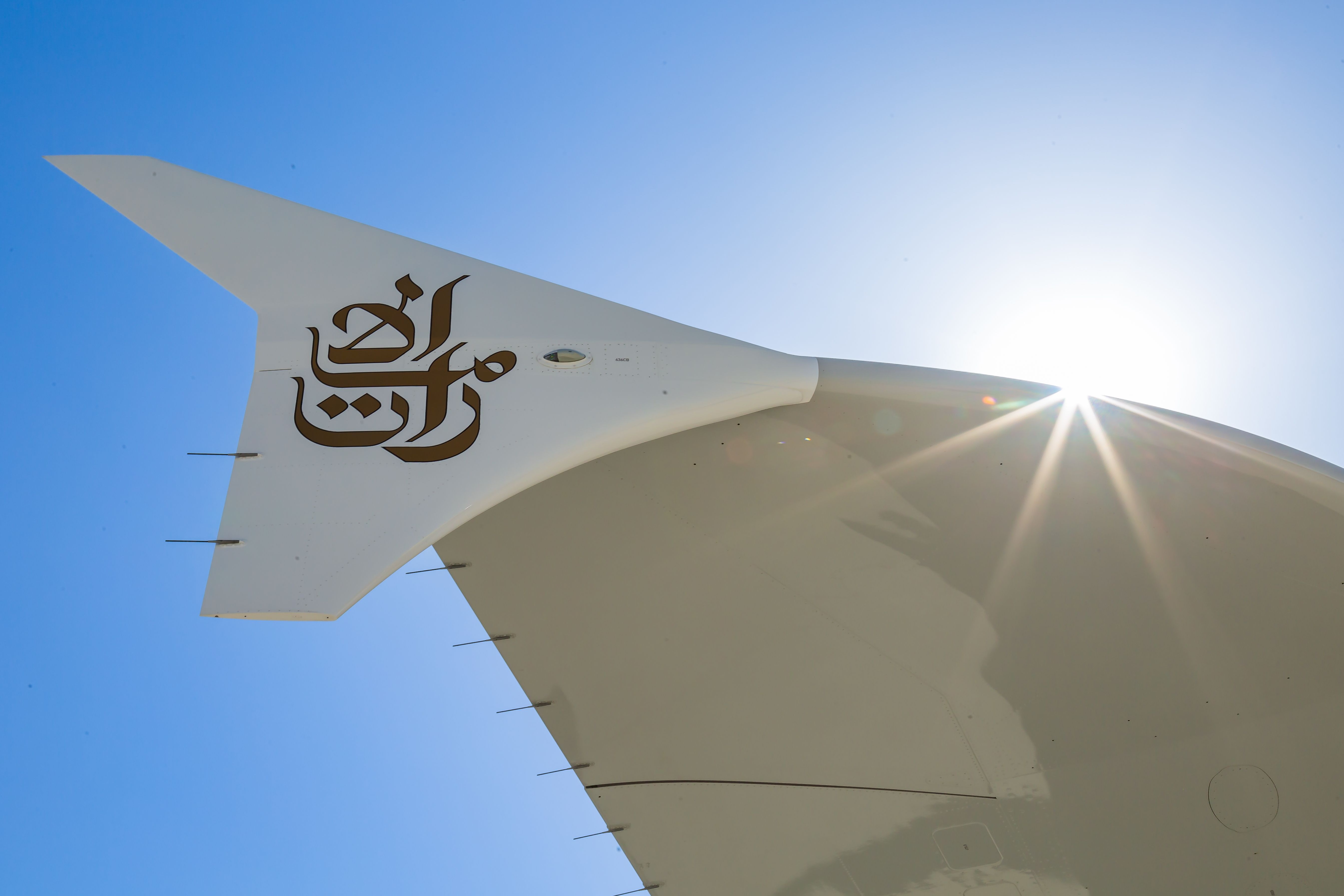Ever wondered what those rods sticking out of the trailing edge of an aircraft wing are? Some might think they are aerials or sensors, but actually, they are a lot simpler than that. These are called static wicks, and they are fundamental to safe flying.
What’s that thing on the wing?
If you’re a window gazer like most flying fans are, you might have noticed some little metal rods sticking out of the back of the wings of the plane. Depending on the plane type, there might be five, ten, or even more of them visible, so what are they for?
These small structures are called static wicks and perform an important task for flight safety. Also known as static dischargers, these small devices help to dissipate static charge that might be encountered during the course of the journey.
The most obvious source of such static electricity would be lightning. Modern aircraft are designed to cope with this, and static wicks are one element that provides lightning protection for the plane.
However, the plane itself can sometimes create a static charge, a result of flying through the atmosphere and ‘rubbing’ against it. This is particularly the case when flying through clouds or precipitation. This friction can cause static to build up, with the excess electrons often accumulating in the thinnest edges of the airframe, such as the ends of the ailerons and flaps.
The problem with this sort of buildup of charge is that if it is not equal across the airframe, it could cause a spark. Sparks near the engine and fuel tanks are not desirable for obvious reasons. Moreover, excess static can sometimes cause interference with radios and other sensitive equipment onboard.
Get the latest aviation news straight to your inbox: Sign up for our newsletters today.
How they work
If you look closely at the static wick, you’ll see it’s made from a cord-like structure riveted to the skin of the trailing edge. This ensures it makes metal contact with the aircraft surface. The device is made up of hundreds of cotton fibers which are impregnated with graphite wrapped into a cylinder about the thickness of a soda straw.
Static wicks are often tapered towards the end, with a sharp carbon point at their tip. This gradient attracts the static charge, allowing electrons to flow off the aircraft and back into the atmosphere. This effectively discharges static from the aircraft, preventing interference with radio equipment and avoiding a buildup of charge on the plane’s surfaces.
These innocuous devices can also be fundamental in the rare event of a lightning strike. Occupants of the aircraft are protected from lightning as the aircraft’s surface conducts the electricity through its skin. The wicks allow these huge voltages to be safely discharged.
Overall, this simple solution can go a long way. A paper by the University of North Texas College of Engineering highlights the benefits to be had with a safety wick.
"There is still a great amount of useful potential energy that dissipates, unused. A modified Static Wick will be designed to capture the static electricity that has developed on the airplane grade aluminum and turn it into current that can be used to power a circuit. The static wick receiving range for initial voltage will be between 0V-200,000V, which is experienced during a normal flight.
"Conventional wicks are designed with carbon fibers on the interior that create high resistance to the electricity as it flows through the wick. The modified static wick may be designed with 14 gauge wire traveling through the center that will carry the current out of the wick and into a secondary source."
Still, an extreme event can sometimes lead to static wicks burning or melting. Thankfully, they are easy and cheap to replace, and ground crews will regularly inspect aircraft to ensure all the static wicks are in good shape.
We'd love to see you on Instagram - follow us here!
Static wicks have been in use since the Second World War, and today are mandated by regulators like the FAA for all civil aircraft.
What are your thoughts about static wicks? What do you make of their implementation on aircraft? Let us know what you think of their deployment in the comment section.

